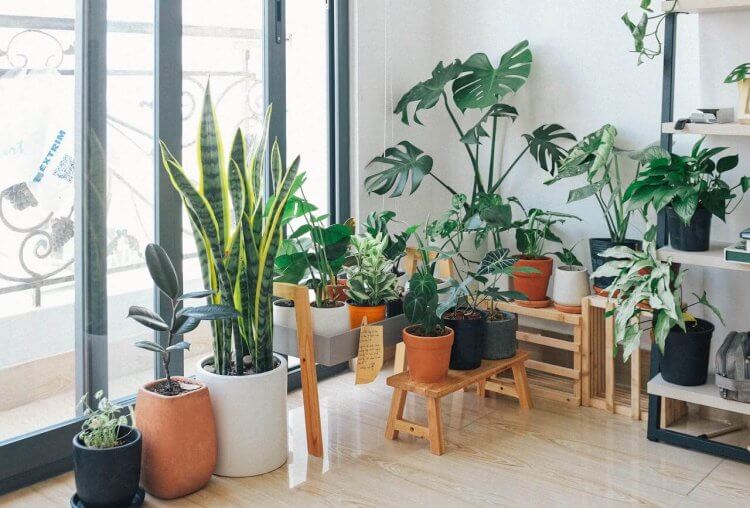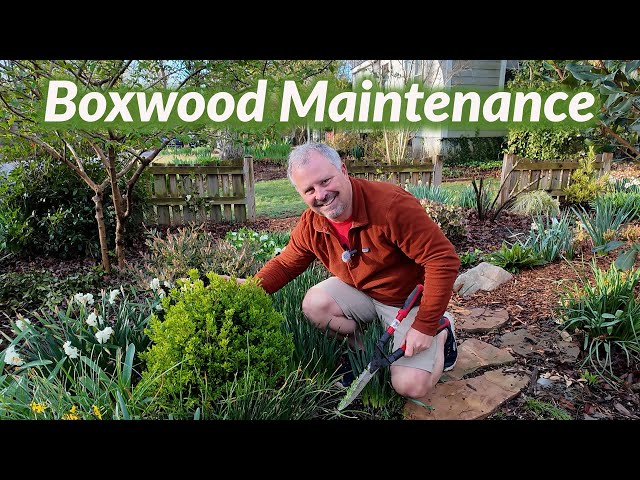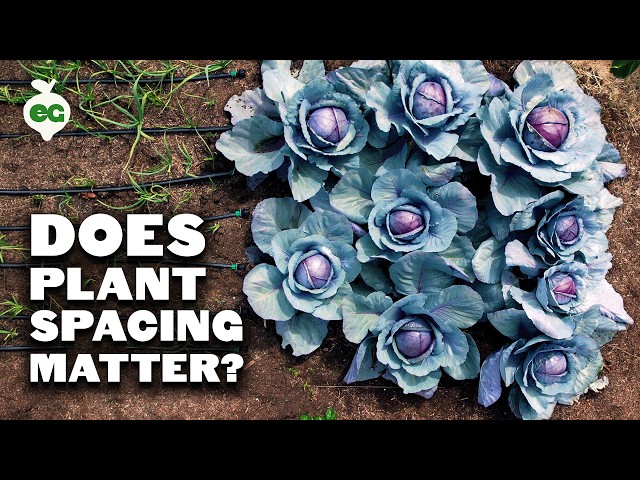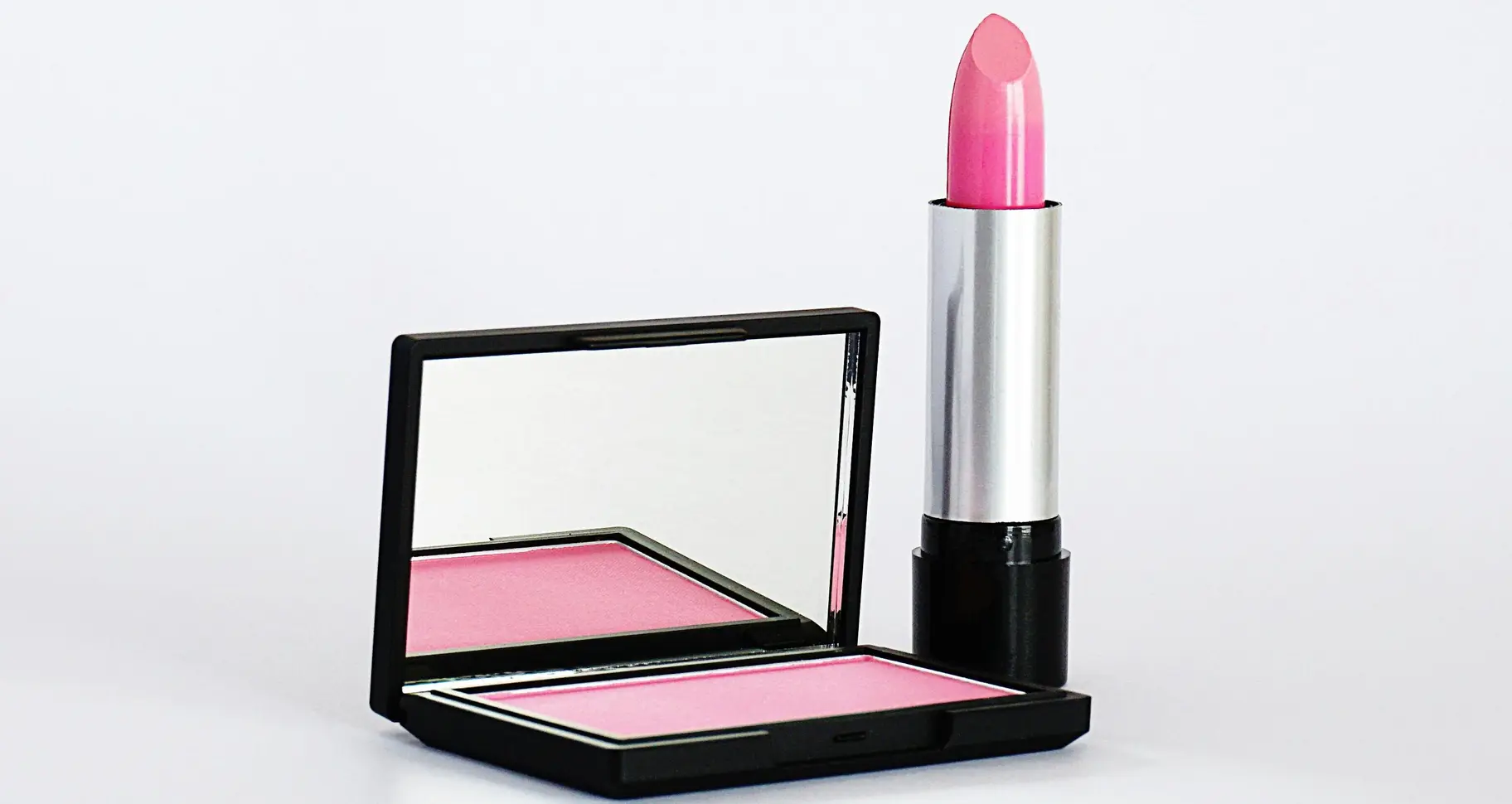The Joy of Houseplants
Houseplants have become an essential part of modern home decor. They do not just add a splash of color and liveliness to your living space; they also bring a host of benefits to your physical and mental well-being. From purifying the air to reducing stress, these green companions are a must-have. In this article, we’ll cover everything you need to know about keeping houseplants healthy and thriving.
Choosing the Right Houseplants
Not all houseplants are created equal. Some are better suited for beginners, while others require a green thumb and more maintenance. Here are some categories to consider:
- Low-Maintenance Plants: Perfect for first-time plant parents. Think succulents, snake plants, and pothos.
- Medium-Maintenance Plants: These include plants like ferns and peace lilies that need a bit more attention.
- High-Maintenance Plants: Orchids and bonsai trees fall into this category and are ideal for experienced gardeners.
It’s crucial to consider your lifestyle, available light, and commitment level before you bring a plant home.
Understanding Light Requirements
Light is one of the most critical factors for plant growth. Here are some tips to keep your plants happy:
- Direct Sunlight: Sun-loving plants like cacti and succulents thrive in windowsills with plenty of direct sunlight.
- Indirect Light: Many houseplants, including pothos and snake plants, prefer bright but indirect light. You can place them near windows, but not directly in the sun.
- Low Light: Plants like the ZZ plant and philodendron can survive in lower light conditions, making them perfect for dimmer spaces.
Tip: Rotate your plants periodically to make sure all sides receive light!
Watering Basics
One of the most common mistakes new plant owners make is incorrect watering. Here’s a general guideline:
- Overwatering: This is more harmful than underwatering! Always check the soil moisture before adding more water.
- Underwatering: Some plants can withstand drought better than others, but consistent underwatering will weaken your plant over time.
- Watering Schedule: It’s a good practice to have a routine. For example, water your plants every 7-10 days depending on their need.
Tip: Use room temperature water to avoid shocking your plants!
Soil and Potting Essentials
The type of soil and pot you use can significantly impact your plant’s health. Here’s what you need to know:
- Soil: Different plants have different soil needs. Succulents require sandy, well-draining soil, while ferns thrive in rich, organic matter.
- Pots: Choose pots with good drainage. Terracotta pots are excellent as they allow moisture to evaporate, reducing the risk of root rot.
Tip: Re-pot your plants every 1-2 years to refresh the soil and provide more room for growth.
Pest Control
Pests are an inevitable part of plant care. Here’s how you can keep them at bay:
- Aphids and Spider Mites: Wipe the leaves with a solution of soap and water.
- Fungus Gnats: Let the soil dry out between waterings and use sticky traps to catch the adults.
- Natural Predators: Introducing ladybugs or predatory mites can control pest populations.
Tip: Regularly inspect your plants for signs of pests to catch infestations early.
Houseplants can transform your home into a lush, green sanctuary, but they require proper care to thrive. By understanding their light, water, soil, and pest control needs, you’ll be well on your way to becoming a successful plant parent. Happy planting!

















